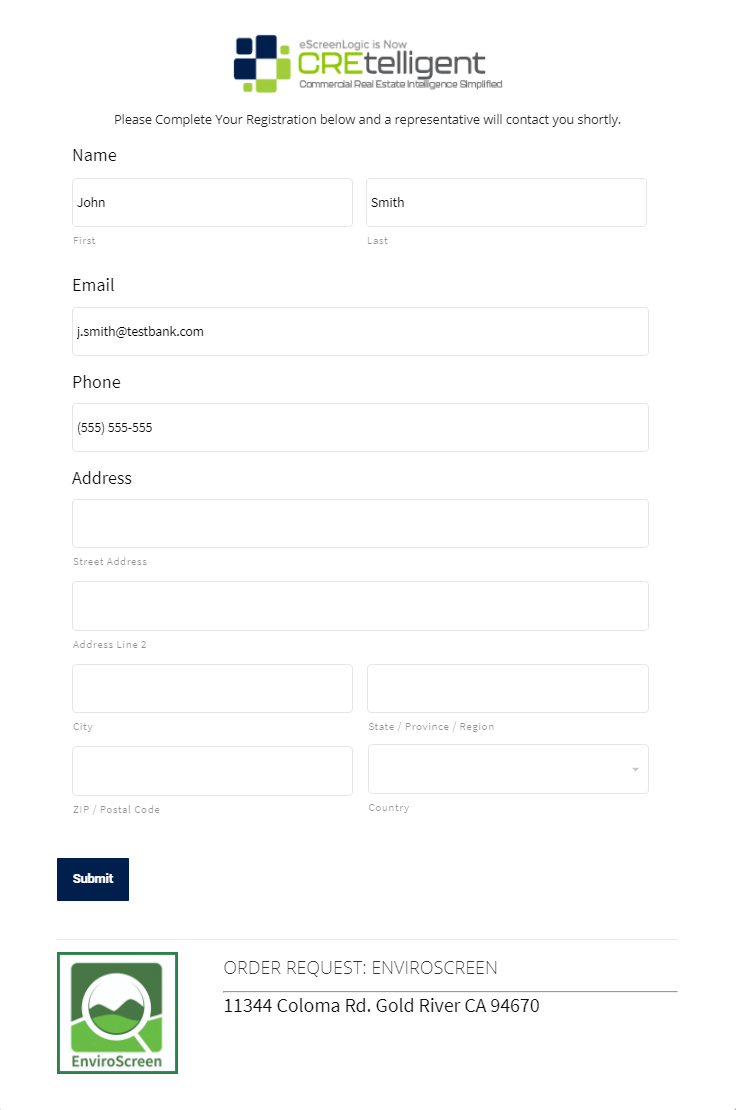Did You Know?
What we’re experiencing now isn’t so different from what we experienced during the 2007 Recession?
First, I hope you, your families, and your team are healthy. Second, thank you for your continued business and for being a valuable client of ours.
We may not be able to meet in person like we used to, but our conversations have continued. In this six-week series I’m looking to share some insights, along with answers to the types of questions we’ve been getting from our clients.
The term “unprecedented” is appropriate to describe what we’ve all experienced on a personal and professional level the last 12 months worldwide: #COVID19. I’m not sure anyone would have guessed our homes would be a school, gym, office, and restaurant for the better part of a year.
But we certainly do have some precedence regarding how real estate assets are impacted when widespread loan workouts, deferrals, and forbearance occur for months at a time. The financial crisis of 2008 saw residential real estate plunge in value, created massive negative equity, and saw nearly 4 million properties returned to banks as REO through foreclosure and deed in lieu. It took the better part of a decade for residential real estate to find its footing. This COVID19 “crisis” is creating a similar narrative for CRE properties.
Quarantines, shelter in place orders, and the rapid spread of the virus continue to have significant impacts on CRE property, particularly the retail, office, and hospitality asset classes. Businesses are not modeled to generate no, or low, revenue. Sadly, as this has occurred, we’ve seen way too many businesses permanently shut their doors and others are barely hanging on. The compounding effect means CRE mortgage delinquency is on the rise and valuations of these assets will decline.
The bottom line? If you’re a bank with CRE loans on your books, a REIT with CRE loans in your portfolio, an insurance company with active policies on CRE assets, or a company that owns many CRE properties, you must apply rigor around your process and cadence for CRE asset risk monitoring.
Understanding existing property condition, environmental risk, micro market activity like vacancies, and price index is vital. You need to make sure you have a portfolio management program in place.


















